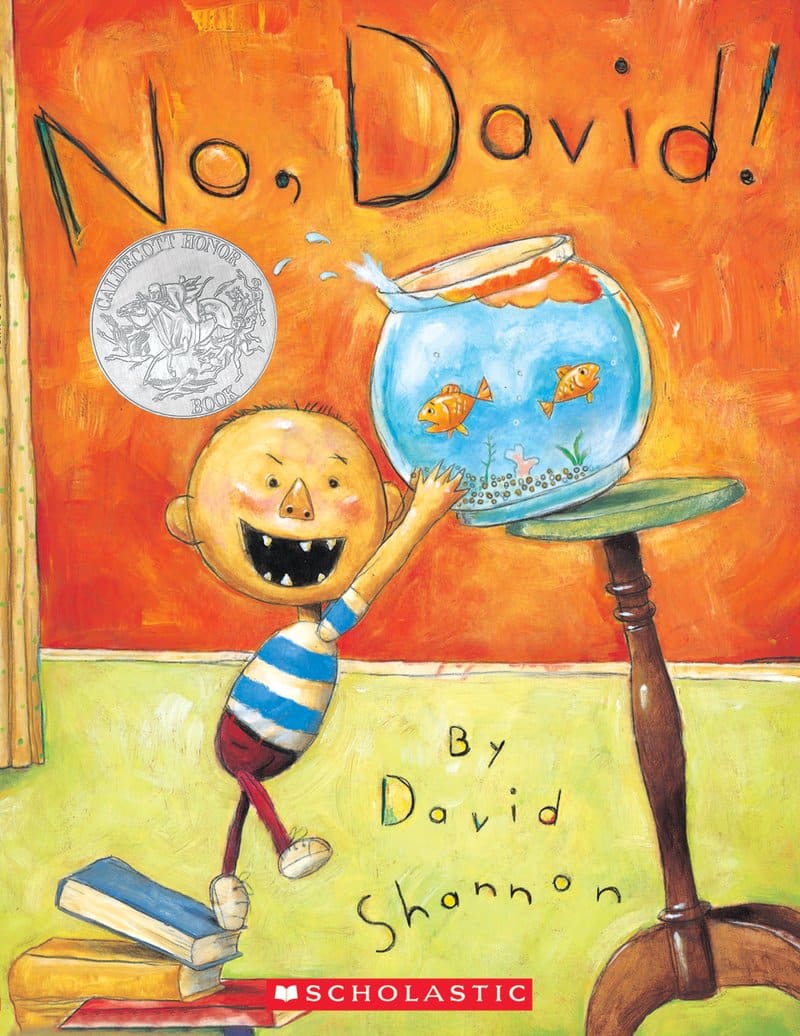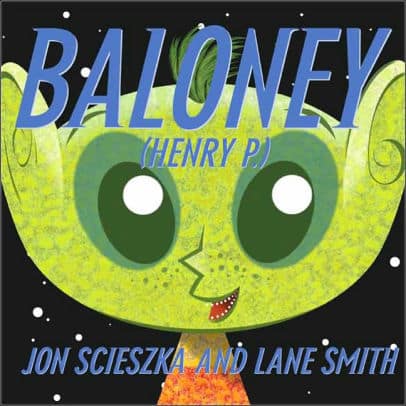Your Reading Comprehension Toolkit: Making Inferences
Books are meant to be read.
We pick them up, turn the pages, read the words. It's pretty obvious stuff, right?
Because the act of reading appears simple, children often tell you they are reading long before they make sense of the words on a page. And then, as children get older, and actually begin to read the words on a page, they still tell you they are reading. They move their lips and the words on the page match the words coming out of their mouths. But now the question becomes do they actually understand the words coming out of their mouths?

Understanding what you read is, by definition, what happens when we comprehend text. One of the keys to comprehension is the ability to make inferences. When readers look for clues that tell about the hidden story behind the words on the page, engagement skyrockets, and comprehension deepens.
Take this example:
Julia stood at the front of the classroom. Her heart was beating fast and her hands were shaky.
The sentence above is only 18 words long. But there is an awful lot of story packed into those 18 words. Here's what we can infer:
Julia is at school
She must be giving some sort of presentation
She's nervous
She's probably warm
Julia doesn't enjoy public speaking
Nowhere in that sentence does the author tell us Julia is nervous, but we can easily infer her anxiety based on the clues the author revealed. Teaching students how to notice clues about the hidden story is all about showing them how to read between the lines.
Books and Paired Lesson Plans to Help You Teach Students to Make Inferences
You can teach your students about the art of making inferences with lesson plans and activities to pair with the following read alouds. Or, if you're looking for ideas to pair with any text, scroll down - we've got three easy activities you can use to help students make inferences to deepen their comprehension of any text.
No, David by David Shannon

No, David! by David Shannon is a delightful and relatable book that follows the mischievous escapades of a young boy named David. Through a series of vividly illustrated and humorous scenarios, David's exuberant and playful behavior leads to numerous misadventures and rule-breaking antics. Despite his constant refrain of "No, David!" from his exasperated mother, David's loveable charm and innocent curiosity shine through. The book captures the essence of childhood mischief and the universal struggle between a child's desire for fun and the rules set by caregivers. As the story unfolds, young readers will delight in David's comical escapades while also learning the importance of boundaries and the love that underlies discipline.
This text offers beginner readers effective practice in making inferences while reading. Because the text is very simple, students will use the book's pictures to infer meaning. Likewise, students will also draw upon their personal connections to the text to infer character emotion and behavior.
City Green by Dyanne DiSalvo-Ryan

City Green by DyAnne DiSalvo-Ryan is a story that celebrates community, resilience, and the power of green spaces. The story follows a determined young girl named Marcy who lives in a bustling city neighborhood where the only green space is a small, vacant lot filled with garbage and debris. With the help of her neighbors, Marcy envisions transforming the lot into a beautiful city garden, a vibrant oasis for the community. Through hard work, determination, and the support of caring neighbors, Marcy's dream becomes a reality, and the once desolate lot blossoms into a flourishing city green. As the garden grows, so does the sense of community and pride among the residents.
Old Man Hammer, the antagonist in City Green, is "hard as nails," and main character Marcy discovers some of the reasons why he's so mean and nasty. Through these discoveries, children will practice using text and illustrations to infer what happened to Old Man Hammer that makes him so gruff.
Don't Let the Pigeon Drive the Bus! by Mo Willems

Don't Let the Pigeon Drive the Bus! by Mo Willems is a giggle-inducing book that invites readers to be in charge and say "no" to a persistent and persuasive pigeon.
The story starts with the bus driver leaving a simple instruction to the readers: "Don't let the pigeon drive the bus." However, the pigeon is determined and pleads with the readers to let him take the wheel. Throughout the book, the pigeon uses funny and creative tactics to convince readers to change their minds. With its interactive and engaging format, children get to play an active role in the story as they respond to the pigeon's pleas.
This is the ideal book for early readers who are just learning to deepen their comprehension of a text by inferring meaning. Readers will be able to use the text, illustrations and even their own experiences to make inferences about how the pigeon might be feeling and what he might be thinking as he tries to persuade us to let him drive the bus.
Fly Away Home by Eve Bunting

Fly Away Home by Eve Bunting is a touching and poignant children's book that explores the experiences of homelessness and the power of love and resilience.
The story follows a young boy and his father who are living in an airport terminal, trying to find a place to call home. As they navigate the challenges of their circumstances, the boy remains hopeful and caring, helping his father maintain their dignity and spirit. The airport becomes their temporary sanctuary, and the boy takes solace in watching the planes take off, dreaming of a brighter future. Throughout the book, the boy's love for his father and their unwavering bond shine through, reminding readers of the strength of family and the importance of hope even in difficult times.
Fly Away Home addresses important themes of poverty, compassion, and the power of empathy, providing a sensitive and thoughtful approach to discussing homelessness with young readers.
To fully understand and engage with Fly Away Home, most students will need to practice making inferences to make connections between their own feelings and what they think it might be like to be homeless.
Voices in the Park by Anthony Browne

Voices in the Park by Anthony Browne is a unique and thought-provoking picture book that explores the perspectives and experiences of four different characters who visit the same park.
Through stunning and expressive illustrations, the book tells the story of a mother and her son, Charles, along with a lonely dog walker and a wealthy woman with her daughter, Smudge. Each character experiences the same park in vastly different ways, reflecting their individual backgrounds, emotions, and circumstances. As the narrative unfolds, readers witness the interconnectedness of their lives and the varying emotions each character goes through.
With its distinctive storytelling style and captivating artwork, Voices in the Park encourages young readers to understand and empathize with the diverse viewpoints and feelings of others, promoting a deeper understanding of the world around them. This beautifully crafted book is an artistic and thought-provoking journey that challenges readers to see beyond the surface and appreciate the richness of human experiences and emotions.
Voices in the Park is meant to be enjoyed several times. With each read, students will see something they didn't see before. The author relies heavily on the illustrations to provide insight into each character's thoughts and emotions. And when readers use the text and illustrations together, they will be able to infer so much more about the characters.
Baloney, Henry P. by Jon Scieszka

Baloney (Henry P.) by Jon Scieszka and Lane Smith is a hilarious and inventive children's book that follows the imaginative adventures of a young boy named Henry P. Baloney. As Henry embarks on wild and fantastical journeys, readers are taken on a whirlwind ride through his outrageous tales and inventive stories. Whether he's exploring space, battling pirates, or inventing bizarre contraptions, Henry's imagination knows no bounds.
Through its clever narrative and whimsical illustrations, Baloney (Henry P.) captures the essence of childhood wonder and creativity. The book playfully blurs the lines between reality and fantasy, making it a joyful and engaging read for children and adults alike. As readers follow Henry's playful escapades, they are reminded of the power of imagination and the magic of storytelling.
Henry P. Baloney is very clever, and he frequently makes up words to color his story. Students will have the opportunity to practice making inferences as they use context clues to fully comprehend this book.
The Stranger by Chris Van Allsburg

The Stranger by Chris Van Allsburg is a captivating and enigmatic children's book that takes readers on a mysterious journey. Set in a small town during autumn, the story revolves around a stranger who appears seemingly out of nowhere. Dressed in a dark coat and hat, the stranger brings an aura of magic and fascination with him. Through a series of peculiar and wondrous events, he leaves the townspeople puzzled and intrigued.
As the narrative unfolds, readers are kept in suspense, wondering about the stranger's true identity and purpose. Chris Van Allsburg's mesmerizing illustrations and atmospheric storytelling create an enchanting and thought-provoking tale that encourages readers to embrace the unknown and find wonder in the world around them.
The mystery format of The Stranger lends itself well to a lesson on making inferences. Readers will need to tune in to the clues in the text to infer the identity of the man and to draw out the full meaning of this story.
Three Fun Activities to Help Students Make Inferences with Any Text
Be Highlighter Heroes
Build an Inference Web
Give students a piece of paper with a spider web drawn on it along with 4–5 sticky notes. First, ask them to make an inference about the text. Direct them to write it on a sticky note, and place it in the center of the web. Then ask them write clues from the text that support the inference on the other sticky notes. Place the supporting sticky notes around the outside of the spider web.
Play Clue Me In
Here's a fun game to play during transition time to strengthen your students' inferential thought process. Start by holding up one item the students will need for your next lesson. Ask them to make an inference about their next activity based on the item you hold up. Continue to introduce items to your students into the next lesson. After your students have correctly inferred what the next activity will be, take the time to discuss which item led them to make the correct inference.


